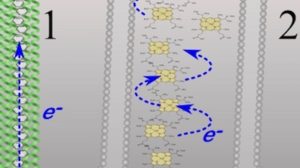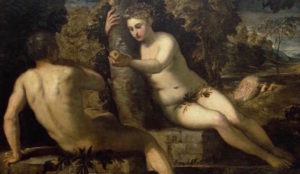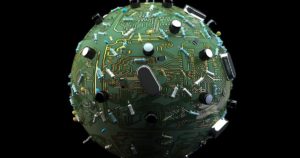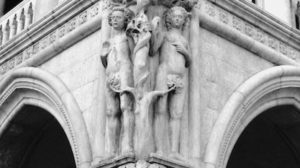
Science and Culture Today | Page 480 | Discovering Design in Nature


Electroactive Bacteria: A “Mind-Blowing” Case of Intelligent Design

Michael Egnor on Atheist Jerry Coyne’s Divine Sense Organ

Deep Suicide Nihilism in Switzerland

More Backstory on Our First-Couple Paper: Why Wasn’t This Done Before?

COSM Conference: A Bonfire for Tech Vanities

New PragerU Video on Evolution = Stephen Meyer at Yankee Stadium x 20

Watch: Videos Now Available from the Recent ID Conference In Austria

Help a Scientist Be a Hero






































